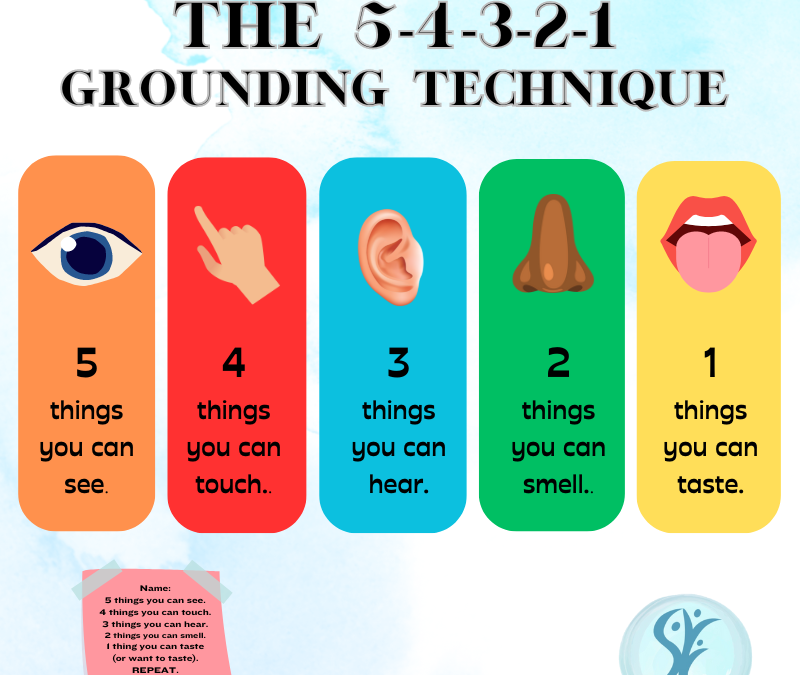IntendedAudience: K-8; all educators and admin
Apologizing is a good topic for a class discussion early in the school year.
It can be a good segue into discussions about empathy, point of view, forgiveness, or learningfrom mistakes depending on where your students take it. It is also good to establish your classexpectations and norms early. How we view and approach apologies is an important part of howconflict resolution will occur in your community..
I often open with the book “Sorry”, by Trudy Ludwig.(FYI, All Trudy Ludwig’s books areexcellent openers for social emotional class discussions in junior classrooms!!)
Discussion points can include:
- Real vs Fake Apologies
- Is there more to an apology than the word “sorry”?
- What are some criteria that an apology should have in order to be authentic?
- Do people have to forgive someone right away when an apology happens?
Together as a class you can brainstorm and create an anchor chart for what criteria are involvedin a genuine apology
Here is an example of a class anchor chart generated after a discussion in a grade sixclassroom:.
Apologizing:
We all make mistakes. Sometimes we don’t even intend for things to happen. When things gowrong, we need to fix them.
Here is a review of the three parts that are involved in acceptable apologies.
- Owning the behavior. We need to take responsibilityand acknowledge our part in asituation.
- Making it right. We need to find a respectful,reasonable, and related way to fix things withthe person(s) we are apologizing to.
- Learning from it and moving forward. We all makemistakes, it is true, but it is hoped thatwe won’t repeat them.
Let us know the criteria you come up with after your class discussion…









